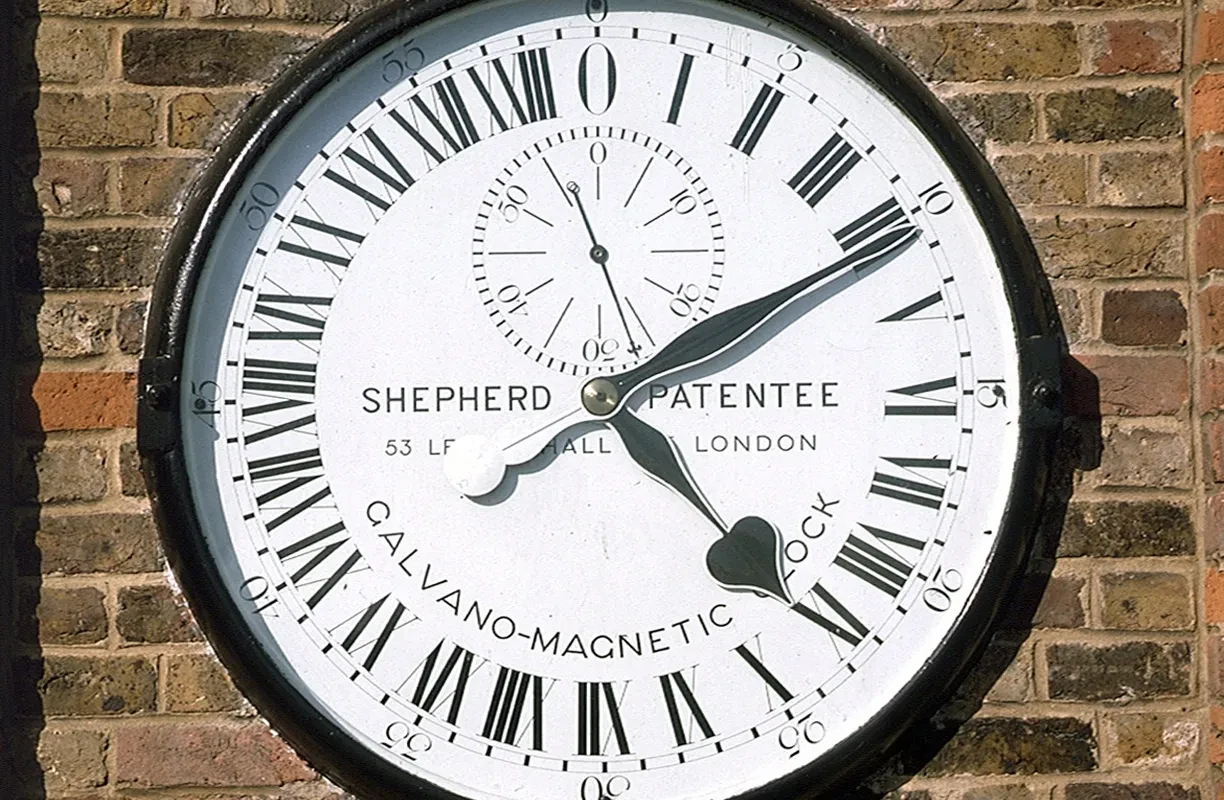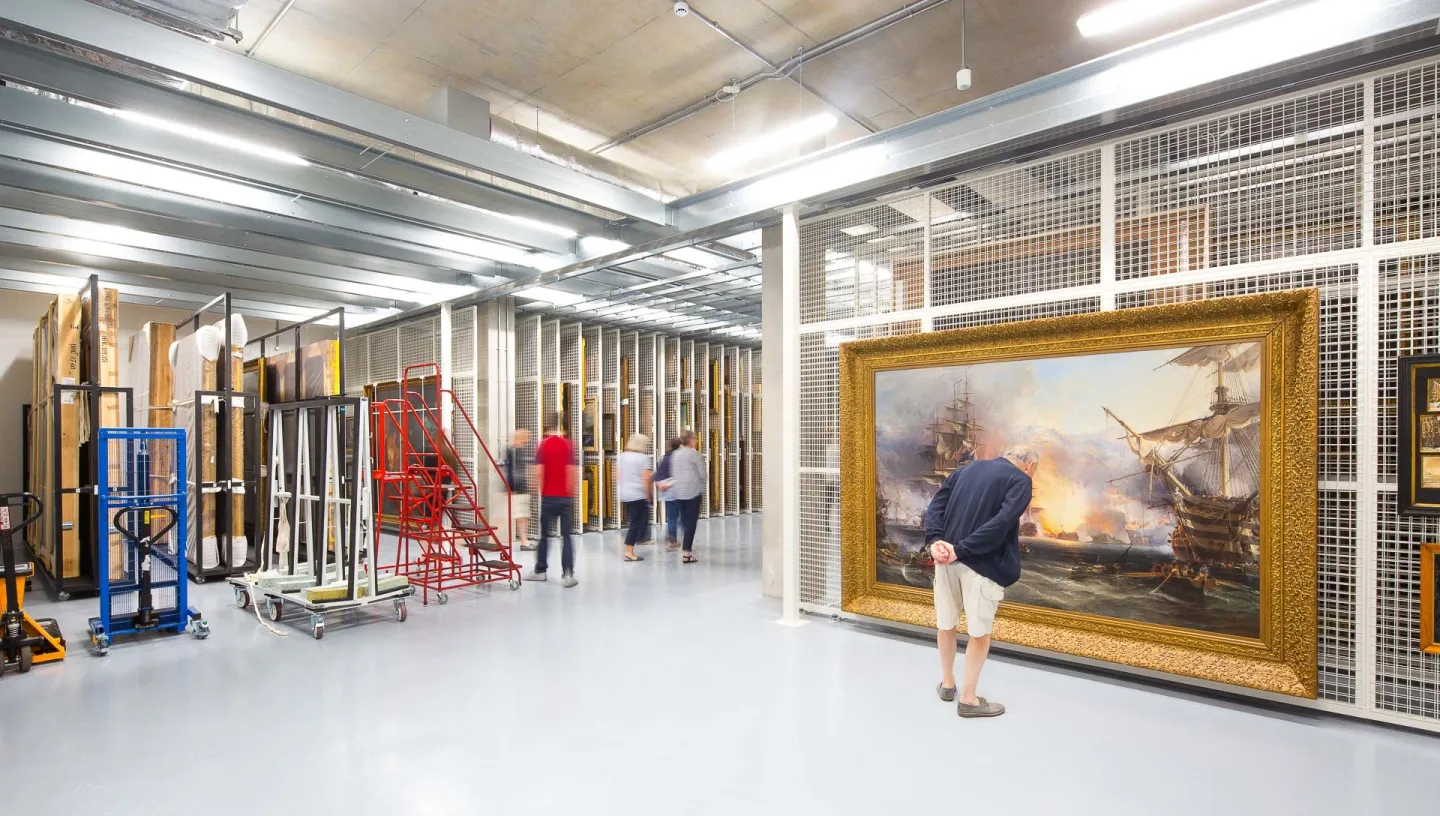
Our collection focuses on three key areas: precision marine timekeeping for navigators, precision timekeeping for astronomers and the broader area of domestic timekeeping and time distribution.
We hold approximately 1000 horological objects. The collection of marine timekeepers is unparalleled and the largest of its type anywhere. It is possible to study the development of the marine chronometer from early attempts such as the Sully‘s sea clock, the iconic Harrison timekeepers and the examples by Arnold and Earnshaw through which the method was perfected.
The horological collections also include comprehensive records relating to these trials as well as records of the issues of Admiralty chronometers. Precision timekeeping at the Royal Observatory is well represented with good temporal coverage starting with the Tompion year-going clock, which was installed during the foundation of the Royal Observatory, and most of the clocks that served as the sidereal or mean solar standard.
Through this collection one can chart the development of precision mechanical timekeeping for astronomy and other scientific applications. The development of transport systems and broadening of communication in the nineteenth century saw the introduction of standardized time, first for the nation and later for the world. Greenwich Mean Time, as supplied by the Royal Observatory was always at the very heart of this. We are able to tell this story through the original instruments displayed in the very buildings in which they were used. The collection also represents a good cross-section of domestic mechanical timekeepers from the 17th century through to the present day.

The legacy of John Harrison
One of the highlights of our collection is the famous and seminal series of marine timepieces invented and made by John Harrison, including the prize-winning 'H4' which he began working on in 1755.
The oldest timekeeping instruments in our collection include a globe clock made in the 16th century and a handful of century clocks from the 17th century.
We also hold timepieces by London watchmaker John Arnold (1736-99), who successfully simplified the design of Harrison's work, plus those by Thomas Earnshaw (1749-1829). Earnshaw further improved the marine chronometers and turned them into the modern, reproducible form recognised today. Many of the modern artefacts held in our collection include 20th century marine chronometers by Hamilton Watch Co, plus deck watches by Ulysse Nardin.

The Royal Observatory: a true icon of timekeeping
The Shepherd Gate Clock mounted outside the gate at The Royal Observatory in London is an early example of an electric clock. It is powered by a slave mechanism controlled by electric pulses transmitted by a master clock inside the main building. This innovative network of master and slave clocks was constructed and installed by Charles Shepherd in 1852, and was the first to provide a continuous display of Greenwich Mean Time to the public.

The famous time ball by Maudslay, Sons and Field can be found on the roof of The Royal Observatory. This novel timekeeping instrument was one of the world's earliest public time signals. First used in 1833 and still operational today, it distributed time to ships travelling up and down the Thames, as well as many Londoners in the local area.
Timekeeping and astronomy
We hold many astronomical regulators and some clocks with complex astronomical indication. The astronomical regulators were traditionally used alongside transit telescopes to accurately map the night sky.
Clocks, watches and Captain Cook

We hold many clocks and watches associated with famous naval figures, including Captain Cook. We also hold K1, a historical instrument used by Captain Cook on his second great voyage to navigate by. After this trip Cook confirmed that the marine timekeeper was a practical tool for sea navigation.
Using our collections for research
The collections at Royal Museums Greenwich offer a world-class resource for researching maritime history, astronomy and time. Find out how you can use our collections for purposes of research.
